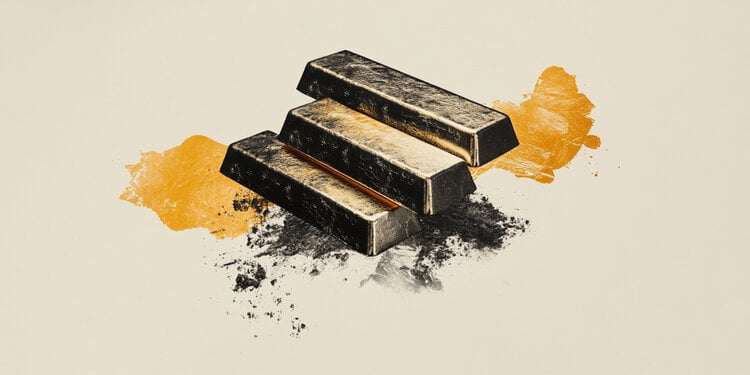HTC was founded in 1997 and initially focused on laptops and PDAs. True, in those years, few people knew about its existence, because HTC focused on the contract development of gadgets for other brands, in particular for mobile operators. By 2006, having gained a hand in ODM orders, the company began to develop its brand, as a result of which HTC communicators on Windows Mobile became truly popular and in demand.
Time passed, the era of Windows Phone was replaced by Android, and HTC was able to reformat to new realities. The track record of the first smartphone based on Android, the first Nexus, and then two generations of Google Pixel. Today, the titled name is almost forgotten, the brand has gone into the shadows. It’s time to correct the injustice and remember the ten most interesting HTC Android smartphones, and at the same time trace the history from rise to fall. Go!
HTC Dream (2008)
The first… No, the very first Android smartphone
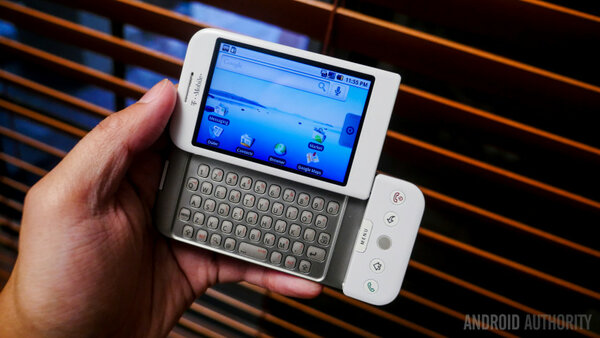
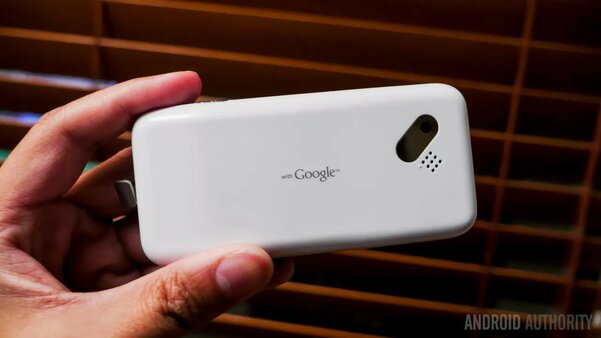
HTC is not just honored to release the first smartphone on Android. Since 2006, Taiwanese engineers have partnered with Google to create various prototypes. The most famous of these was the Google Sooner, a QWERTY communicator without a touch screen, reminiscent of the BlackBerry of those years. The serial HTC Dream (aka T-Mobile G1) was released by the end of 2008 and received a more familiar iPhone-style format. However, the touch screen is complemented by a scattering of mechanical buttons, a trackball (a small ball for navigating through the menu) and even a full-fledged QWERTY keyboard – the final concept of an Android smartphone will take shape a little later, but for now, rich variability and uncertainty. Otherwise, the HTC Dream was quite an ordinary gadget from the late 2000s with mediocre hardware. And despite the obscurity of Android, it sold a huge circulation not only among geeks.
HTC Hero (2009)
Laying the foundation for future success
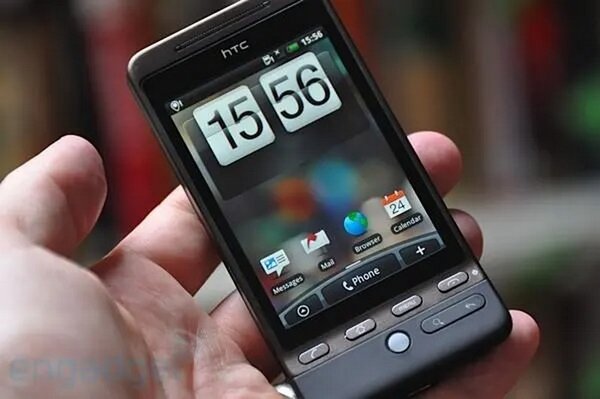
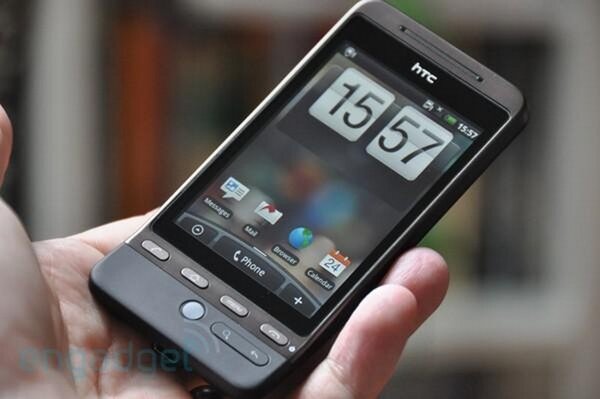
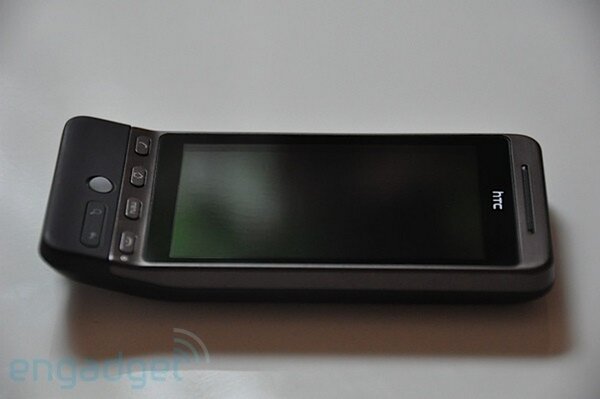
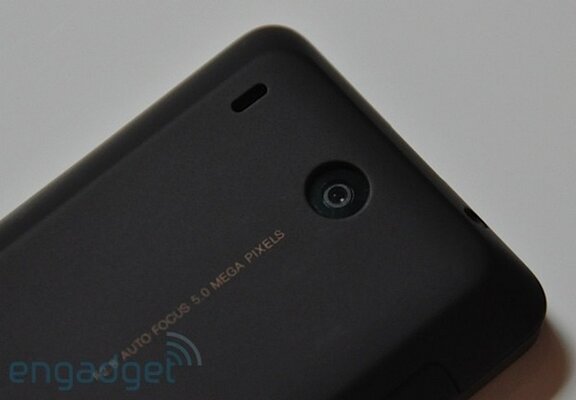
The popularity of the Dream showed the promise of the new system, and the HTC flywheel began to turn. However, pure Android at that time was ugly, inconvenient and non-functional, so, as in the days of Windows Mobile, HTC decided to create its own – this time for Android. She became the famous HTC Sense shell – beautiful, fast and hiding numerous children’s sores of the early versions of the “green robot”. HTC’s approach and style has become the benchmark for branded shells for the next 5-7 years. And HTC Hero, in turn, became the first truly mass device released around the world, including in Russia. The concept of a touch communicator has finally taken shape, and HTC’s corporate identity has taken root. On the other hand, Hero hardware is inherited from Dream and did not shine with performance even by those standards.
HTC HD2 (2009)
Swan song Windows Mobile, a symbol of the great future of Android
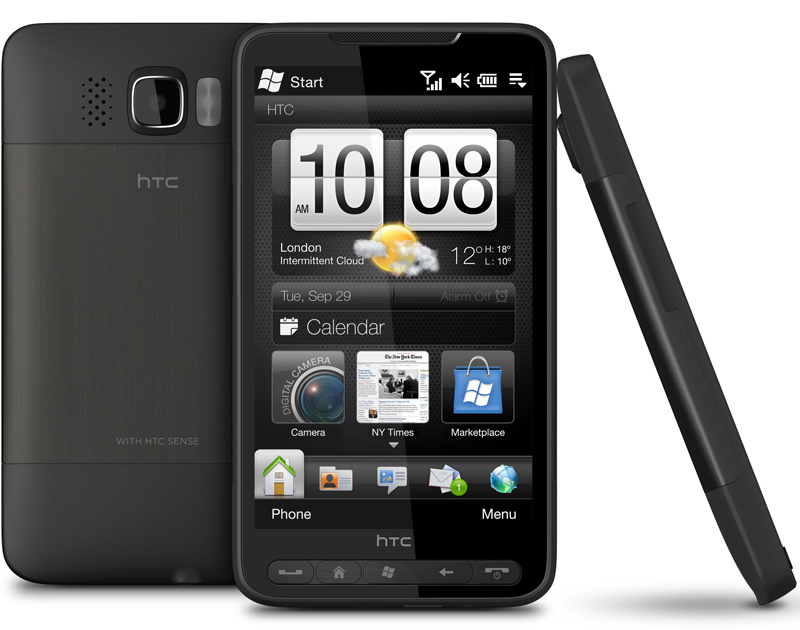
The top is dedicated to Android devices, but why is the communicator on Windows Mobile 6.5 here? Indeed, HD2 had every chance to remain an unobtrusive (and, by the way, the last) flagship on WM 6.5, if not for its similarity to HTC Desire. It was the Android firmware from Desire that was ported and adapted for HD2, after which the work of the enthusiast community began to boil. As a result, HD2 received a variety of variations of Android, custom firmware based on fresh versions are still being released. “Green Robot”, by the way, worked like a native and was a full-fledged alternative to the standard OS. Windows Phone 7, Windows Phone 8, Firefox OS, Ubuntu Phone, and even desktop Ubuntu with Windows RT have also been ported to HD2. Some operating systems worked stably, some were launched out of idle interest for the sake of show. In any case, the HD2 is a legend among mobile phone enthusiasts. And for my taste, HD2 is a symbol of victory for Android.
HTC Droid Incredible (2010) and Incredible S (2011)
Special, literally incredible, among the one-faced
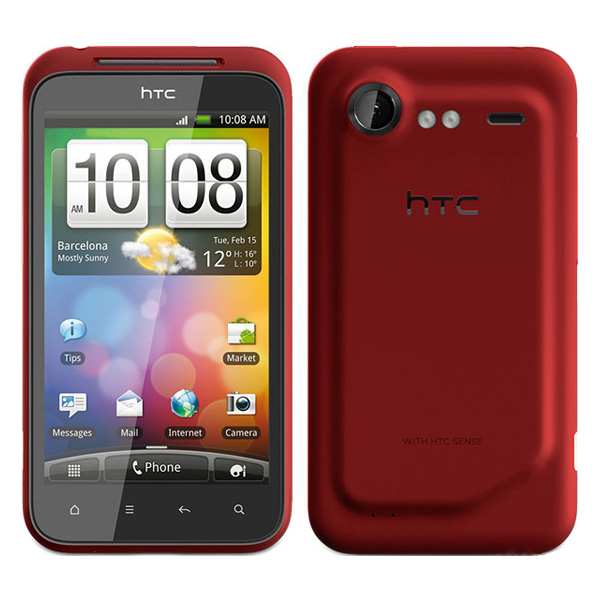
When people talk about the monotony of smartphones today, they usually remember the old days when there was supposedly a real design. However, ten years ago, those smartphones were scolded for the same thing. The devices were actually similar to each other in accordance with the corporate identity of different years. Although there are interesting exceptions, for example, the Droid Incredible has a defiant design with a domed back cover in the shape of a SIM card. However, the Droid Incredible is a CDMA smartphone for the US market, we will be more interested in the global Incredible S of 2011, made in the same vein. This is the middle peasant, in terms of hardware it does not reach the competitors of Samsung and LG. But the quality of workmanship and materials is impressive: the case is monolithic and with soft-touch rubberized plastic that is pleasant to the touch. And this at a time when the creaking of the case was not considered something shameful for an Android smartphone. By the way, HTC has relied on the quality of materials and assembly throughout its history.
Google Nexus One (2010)
Created in partnership with Google

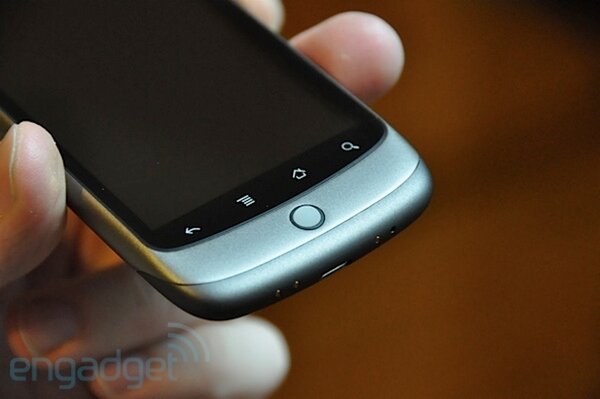
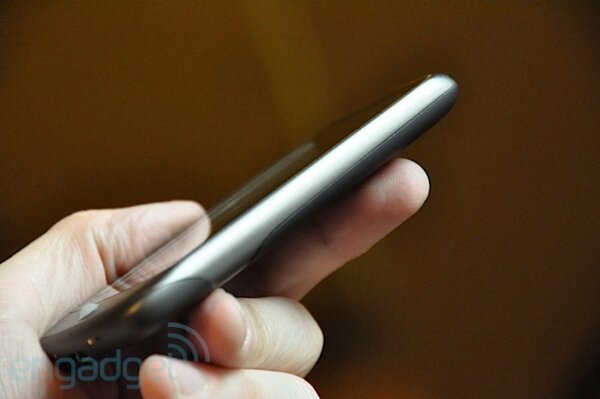
I think many people remember Nexus smartphones on pure Android with direct support from Google and with good hardware, but for relatively little money. This series began with HTC, and although the Nexus One cannot be called inexpensive (more than $ 500 at the start), the rest of the device was a success. High-quality, smart and with updates from Android 2.1 Eclair to 2.3.6 Gingerbread, and this is almost two years of support, which at that time was rare. However, the Nexus One market did not accept. It was ruined by an indistinct marketing policy, coupled with a high price and poor representation outside the United States, in particular, the device never made it to the CIS. HTC itself fixed the failure of Nexus One by releasing Desire a couple of months later. A very similar smartphone, but available worldwide and with a beautiful Sense shell instead of raw pure Android at that time. Fortunately, the failure of Nexus One did not affect HTC in any way, the company at that moment was at the peak of its performance and capabilities. With regards to the Nexus, the patronage of the series was transferred to Samsung, and then to LG, after which things went much better.
HTC Sensation XE (2011)
Together with Beats by Dr. Dre is better
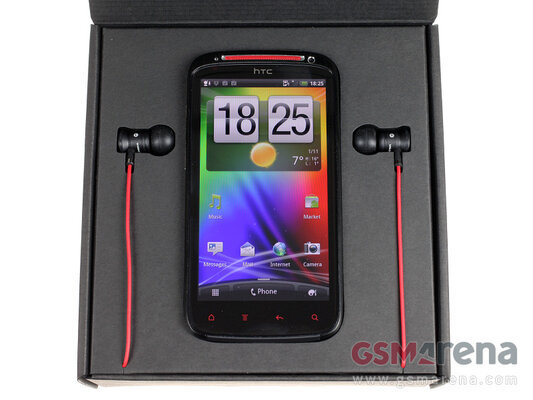
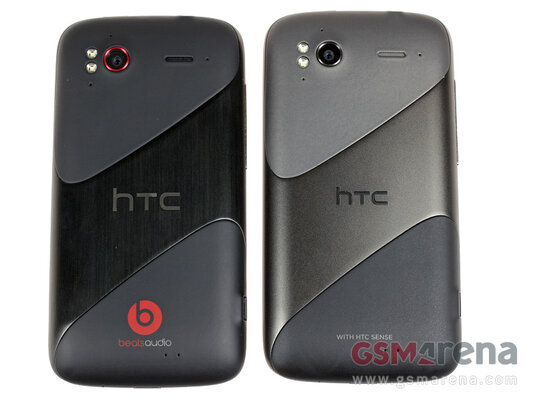
If you look at the original Sensation, you can hardly find anything interesting in it. A typical 2011 flagship with a dual-core chip and good software under the Sense shell. Interesting improved Sensation XE, released 4 months later. It is decorated in the signature red style of Beats Audio, the corresponding logo flaunts on the body, software sound enhancers are inside, and the set includes a wired headset from Beats by Dr. Dre. How did it happen? In the wake of financial success, HTC bought a controlling stake in Beats and successfully used the hyped brand to promote their devices.
HTC One S (2012)
When the middle class is more attractive than the flagship
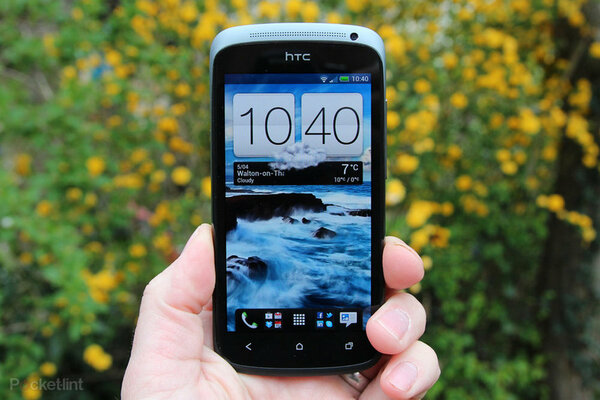
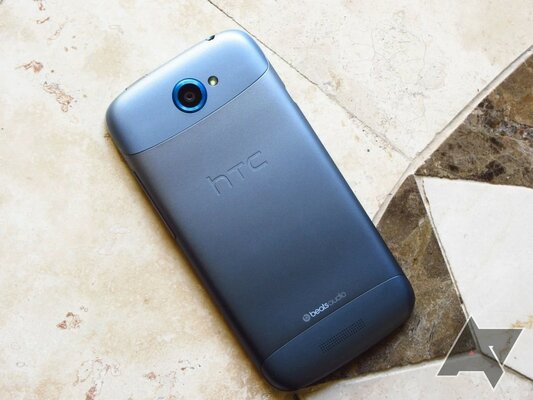
Desire, Incredible, Sensation, Wildfire and a few more lines with competing smartphones. Understanding the HTC lineup in those years was no easier than understanding Xiaomi or Realme today. With the release of the trio of One V, One S and One X, an attempt was made to bring order to chaos. The flagship is One X, but it overheated, did not hold the battery well and was plastic. Whereas the average One S is a compact in a metal case with AMOLED and no overheating issues. We must not forget about the branded features and charisma of HTC of those years, resulting in a balanced smartphone not only for fans of the brand.
HTC One M7 (2013)
The long-awaited brand reboot
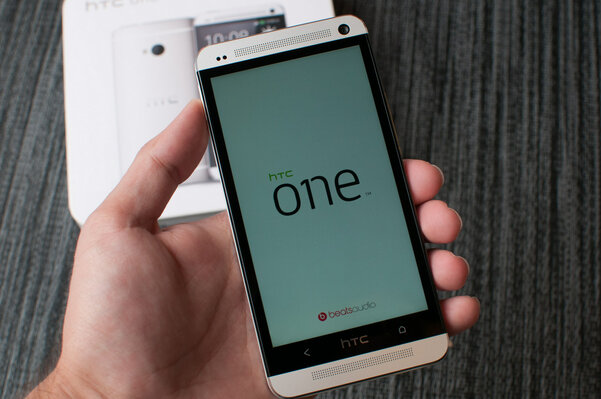
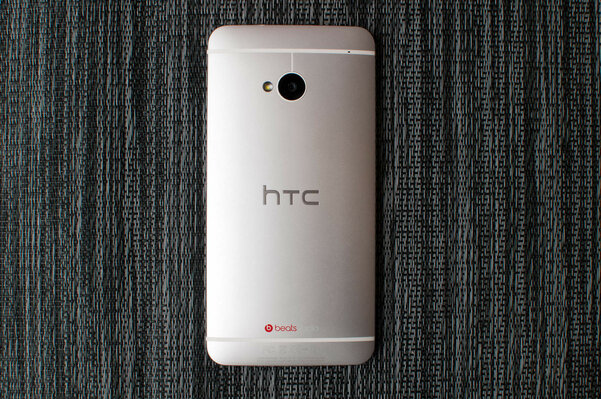
A failed 2012 flagship, a failed attempt to streamline naming, a still bloated lineup, and rapidly growing Chinese competitors. By the third quarter of 2012, the accumulated problems were reflected in the financial statements for the first time in the form of a sharp drop in revenues. The need to change became obvious, and the reboot was a success! Just take a look at the HTC One M7, its all-metal body still looks trendy to this day. And the front stereo speakers will definitely not disappoint, especially since at that time good sound in a smartphone was an exceptional rarity.
There were some oddities, instead of the then-familiar 13-megapixel camera, HTC relied on its own module with a resolution of 4 megapixels and UltraPixel technology. The second caveat is the 2300 mAh battery, which does not provide decent autonomy. Despite this, the One M7 received positive reviews from reviewers and definitely deserves a place on the list of notable smartphones of the last decade. Unfortunately, user confidence has already been undermined, One M7 sold well, but only by the standards of a small brand. And HTC at that moment was still considered one of the largest manufacturers.
HTC One M8 (2014)
Mission: make it even better. Performed!
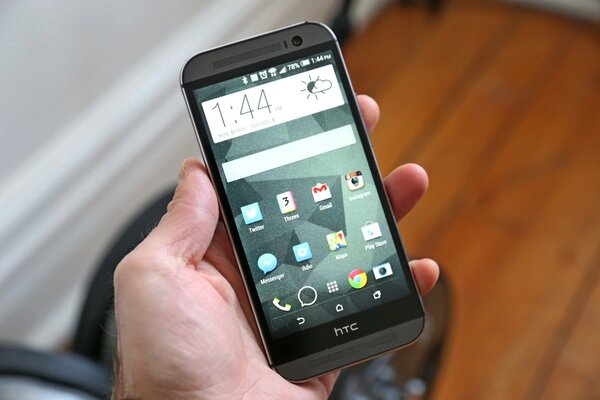
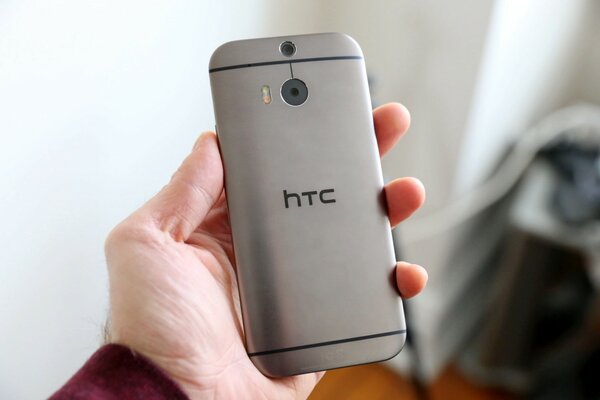
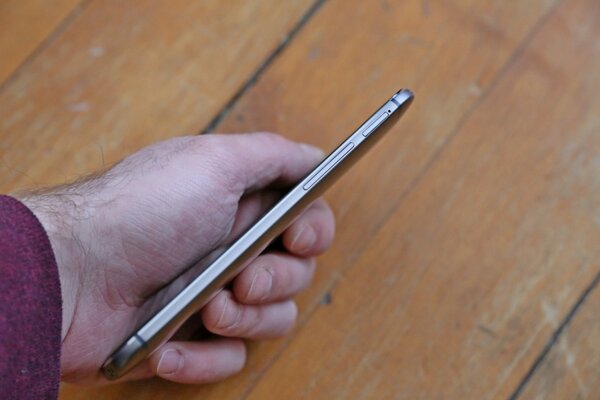
The next year they released a successor – One M8. Despite the apparent resemblance, the design and ergonomics have been thoroughly redesigned: the corners are rounded, plastic inserts are eliminated, and the screen bezel is made less thick. Definitely, One M8 has become even more attractive, although I still do not understand the wide black frame with the HTC logo under the screen. As for the rest of the characteristics, the main 4 megapixel camera has not gone away, but it was supplemented with a second eye – a depth sensor. Now these sensors seem like unnecessary ballast, and in One M8 an additional sensor really helped in blurring the background. True, then such a chip was positioned for augmented reality, and not for creating portraits – a year remained before the appearance of the iPhone 7 Plus with portrait mode. In summary, the HTC One M8 is in every sense an excellent flagship-level smartphone from a first-tier manufacturer. But the throne of superiority under HTC was already noticeably shaky, and sales were eaten away by newly minted Chinese companies. The next One M9 finally fixed a puncture with a low resolution of the main camera, but otherwise the device was a copy of the One M8 and exploited an already archaic design with thick frames.
Google Pixel and Pixel XL (2016)
Again the first, but for the last time
Let me remind you that it was HTC who made the first Android smartphone and stood at the origins of Nexus – Google’s branded devices based on a clean system without a shell. The production of the first generation Pixel in partnership with Google does not seem like a coincidence at all. These smartphones need no introduction, the result was excellent on all fronts. Of particular note is the main camera, which works wonders with Google Camera post-processing. The second point is the design, Google Pixel and Pixel XL stand out noticeably and not everyone liked it. Although for my taste, the test of time passed.
HTC U12+ (2018)
Swan Song HTC
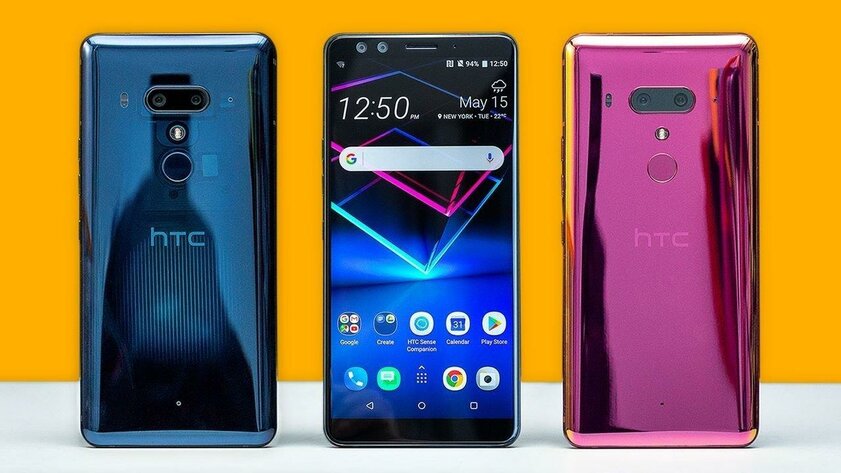
None of the smartphones since the One M8 have been able to rectify the situation, the Google Pixel has not helped either. As a result, HTC’s mobile division was taken over by Google in 2017. The search giant received the most valuable thing – engineers and intellectual property of the company. During the transition period, the last independent flagship was released in the face of HTC U12+. Quite a modern glass monoblock with an unusual feature, a transparent back, behind which you can see some of the insides. However, there was no place for it on the market anymore, HTC in its former form completely sunk into oblivion.
Instead of a conclusion
Surprisingly, after the takeover by Google, the HTC brand remained independent and to this day occasionally releases low-profile low-cost smartphones. Fortunately, the company managed to diversify its business by switching to virtual reality just in time. HTC has a whole range of Vive helmets of different sizes, they are prominent representatives of the VR market.
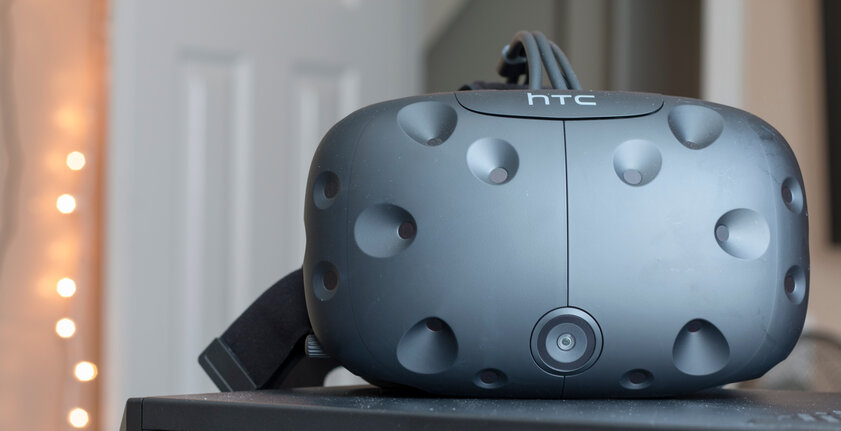
Have you had a smartphone from HTC, which models do you remember and why? Perhaps in the future it is worth dismantling other brands that were great in the past, and now have gone into obscurity. Write your wishes in the comments!
Source: Trash Box
Donald-43Westbrook, a distinguished contributor at worldstockmarket, is celebrated for his exceptional prowess in article writing. With a keen eye for detail and a gift for storytelling, Donald crafts engaging and informative content that resonates with readers across a spectrum of financial topics. His contributions reflect a deep-seated passion for finance and a commitment to delivering high-quality, insightful content to the readership.



